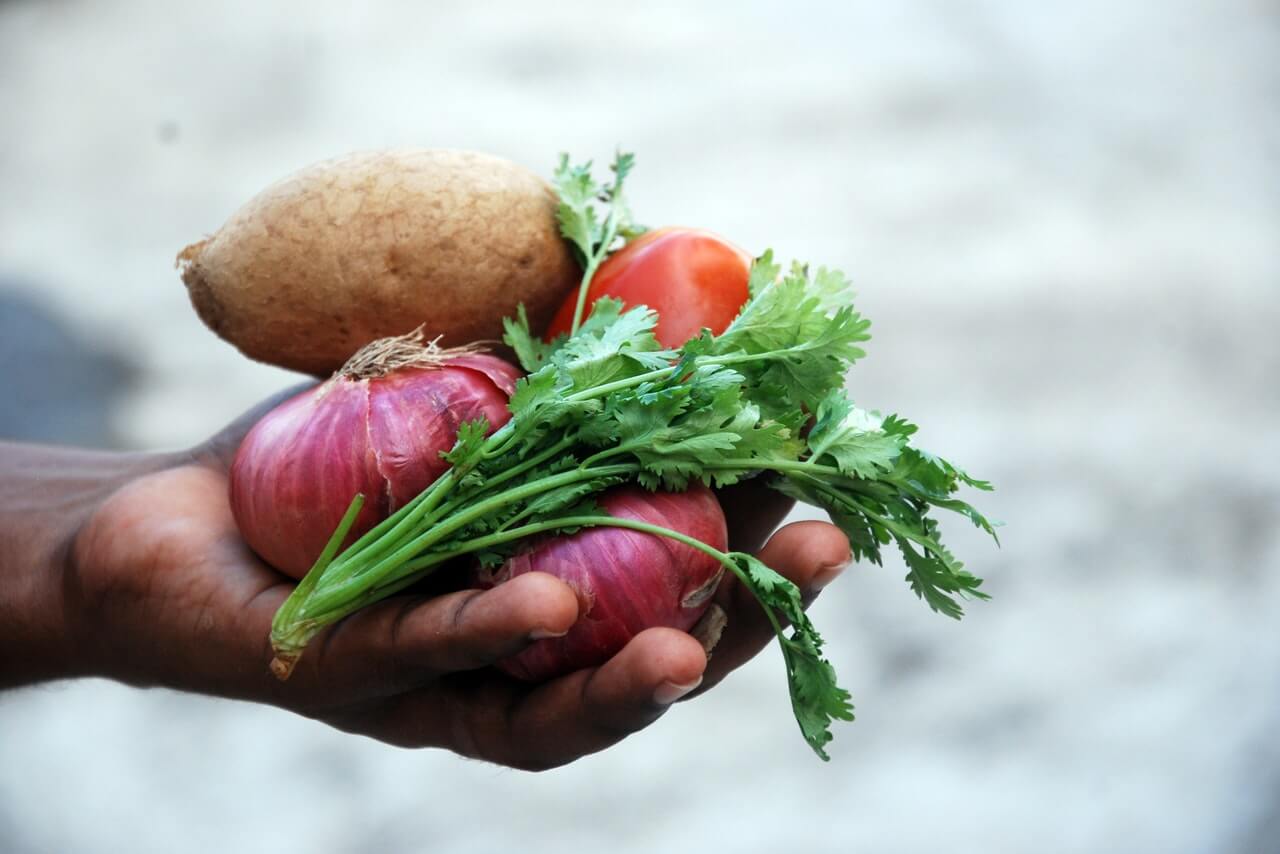Have you ever noticed that there is a constant stream of media messages that sound similar to the meal-time nagging you got as a child to eat your vegetables. You may be thinking, this old hat again, we get the picture, but apparently we don’t; according to the 2015-2020 dietary guidelines less than 20% of us Americans eat the recommended amount of vegetables, compare that to the almost 70% of Americans who exceed recommendations for sugar. (1)
The point is, we really do need to focus on increasing our intake of vegetables and stop being so stubborn. In this two part series let’s take a look at what makes vegetables so essential to good health and some strategies for incorporating more of them into your diet.
Calories
Vegetables are low in calories and to be clear about just how low. According to the USDA database, 1 cup of arugula contains a whopping 5 calories. Now compare that to 1 cup of Apple Jacks, which has 105 calories. If you are trying to lose weight or simply maintain your weight then include more vegetables. You can eat more of them, enjoy feeling full and easily stay within the right range of calories for your body.
Fiber
Vegetables are a bountiful source of fiber, which makes them swell up in your stomach and help you feel full. But the real benefit of all that fiber is really in it’s ability to regulate the rate the poo moves through your intestines as well as to absorb cholesterol from your body and maintain a healthy gut. Fiber has been well studied and is recommended to reduce the risk for diseases ranging from colon cancer to heart disease.
Phyto-nutrients
Phyto-what?! Plant based nutrients found in the colorful pigments of vegetables. Plant pigments contain chemicals that are only found in plants that reduce inflammation. protect and heal our cells. This is why you hear, eat a rainbow, each color has different phyto-nutrients.
Vitamins and minerals
This may seem obvious but it needs to be emphasized, vitamins and minerals are found in varying amounts in different food groups. Vitamin C, E and certain forms of vitamin A cannot be found in meat and dairy. Minerals like potassium are highest in vegetables. All food groups are important because they all provide nutrients our bodies need. (2)
Maybe you already knew why vegetables are good for you and now you are even more inspired, or maybe that article taught you something new, either way, knowing is only half the battle. It isn’t the why, it is the how where we often get stuck.
Know your goal! (1) The recommended goal is 4-6 servings of vegetables per day. A vegetable serving is either 1 cup raw or ½ cup cooked.
Make a plan! If you eat 3 meals and 2 snacks then there are 5 opportunities per day to eat vegetables.
Know yourself-be honest with yourself! Make it convenient to eat vegetables. If that means you buy the precut ones or you precut them, then make an honest assessment of your time, kitchen skill level and then plan accordingly.
Be willing to break the meal mold! We have been conditioned to think that specific foods are served at specific times of the day. Meals do not have to look a certain way. Incorporate vegetables into every meal, even breakfast! Go ahead, I dare you to try a breakfast salad.
The My Plate, can be your plate too! Try strategies devised by nutrition professionals and let vegetables take up 25% of your plate at every meal.
Try something new! Different cooking methods yield different flavors, just because you do not like broccoli raw does not mean you won’t like it steamed with garlic powder. Look up recipes or try new cooking skills.
Start sampling! All veggies do not taste the same, mix it up and experiment. The produce people at grocery stores will sometimes allow you to have a free sample a vegetable, just ask. You might find that you LOVE a veggie that you have never even tried before, and yes I said love.
Just to make it even easier, here is a sample of what a days worth of 6 servings would look like. ½ cup cooked bell peppers and onions in egg scramble, 1 cup snap peas and almonds, a salad with 1 cup spinach and 1 cup arugula with lunch, 1 cup raw mixed veggies and dip for a snack and 1 cup of sautéed veggies with dinner.
One last little tidbit of information; researchers in a longitudinal study that reviewed data from 2007, 2009 and 2013 and looked at vegetable/fruit intake and compared it to reported happiness, found that people who ate 8 or more servings of vegetables per day were more happy. (2)
Sources
- https://health.gov/dietaryguidelines/2015/guidelines/appendix-3/
- Mujcic, R., & J.Oswald, A. (2016). Evolution of Well-Being and Happiness After Increases in Consumption of Fruit and Vegetables. American Journal of Public Health, 106(8), 1504–1510. http://doi.org/10.2105/AJPH.2016.303260
- Chapter 2 Shifts Needed To Align With Healthy Eating Patterns. (n.d.). Retrieved June 30, 2017, from https://health.gov/dietaryguidelines/2015/guidelines/chapter-2/current-eating-patterns-in-the-united-states/#figure-2-1
- Mahan, L. K., & Raymond, J. L. (2017). Krauses food & the nutrition care process. St. Louis, MO: Elsevier

